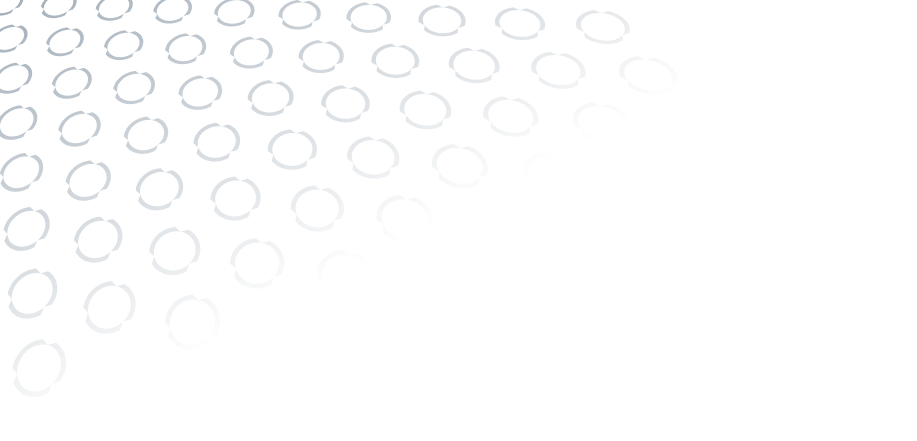Karbox, in collaboration with CTU, has developed a unique device for extracting water from the air in desert environments. The industrial-technological holding Czechoslovak Group (CSG) introduced another significant innovation. Karbox, a subsidiary of CSG, has developed a unique product called EWA, a mobile device capable of extracting water from the dry desert air. Karbox, a manufacturer of containers and special bodies, developed it in cooperation with the University Centre for Energy Efficient Buildings of the Czech Technical University. EWA can recover 25-30 liters of water per day in a very dry environment and is significantly more efficient compared to the technologically similar device from Source Global, which is backed by Bill Gates.
The EWA device, along with the already well-known hydrogen Tatra prototype, serves as a testament to the innovative potential of the companies within the CSG holding. "The emphasis on innovation is one of the main directions of our group strategy. The aim is to gain technological superiority in the fields in which we do business, or at least to maintain competitiveness on the market. That is why we invest considerable resources in innovations directly in our companies and, in addition, we are developing cooperation with an increasing number of universities and scientific institutions," says Bohuslav Přikryl, Vice President for Development and Innovation at CSG Aerospace.
EWA (Emergency Water from Air) is derived from the larger, but similarly functioning S.A.W.E.R. (Solar Air Water Earth Resources) device, which is also among the offered solutions and for which the Czech Republic won the award for the best innovation at EXPO in Dubai last year. While the S.A.W.E.R. is tailored to a standard ISO 1C container, the EWA is a smaller device. It is shaped like a cube with sides measuring 120 cm and is mounted on a chassis driven by an electric motor. The electricity for driving and extracting water from the air can be obtained from the grid or from solar panels.

JV0_8781.jpg
"We tested the device in Australia, which is predominantly a desert continent and in distant places inland, small villages or farms face daily water shortages. In comparison, a liter of bottled drinking water costs five Australian dollars, while EWA produces a liter of water for one Australian dollar. This makes Australia a significant potential market for this device. In Australia, we have verified through laboratory tests that the water produced is suitable for direct consumption and meets the parameters for baby water. We even established a partnership with a local dealer on site," says Miroslav Nosek, Project Manager of Karbox.
In addition to Australia, other potential markets are the Middle East, desert areas in South America, potentially Africa, and other dry areas on our planet. As part of the established cooperation, CTU acts as a researcher and developer, while Karbox, as an experienced manufacturer and developer of containers, will be in charge of production, global marketing, and distribution. Currently, Karbox is the holder of a grant to upgrade the development project to a commercial solution that will allow the start of production of the prototype introduced so far.

JV0_8890.jpg
"We are currently presenting EWA devices to potential customers, e.g. communities living in dry areas, soldiers, firefighters, and rescue workers. We participate in exhibitions and fairs and go through trials. Thanks to our business ties and contacts, we communicate, for example, with the NSPA, the NATO procurement agency, with the armies of NATO member states, including special forces, and with the help of Czech economic diplomacy we penetrate into suitable countries where our equipment could show its potential," added Miroslav Nosek describing potential markets and business partners.
The device is patent-protected. It works on the principle of absorption of water from the air. EWA will be manufactured in Přelouč in the facility of Karbox. It can serve wherever there is insufficient drinking water, either because of its shortage, lack of infrastructure, or because the water from natural sources has been contaminated. The use of the EWA system can therefore be wide and the potential of this technological innovation is considerable. Also, because all the devices known so far are primarily designed for humid environments, EWA is able to extract water from the atmosphere, in addition to the dry and hot environments of deserts and semi-deserts.




Share
























